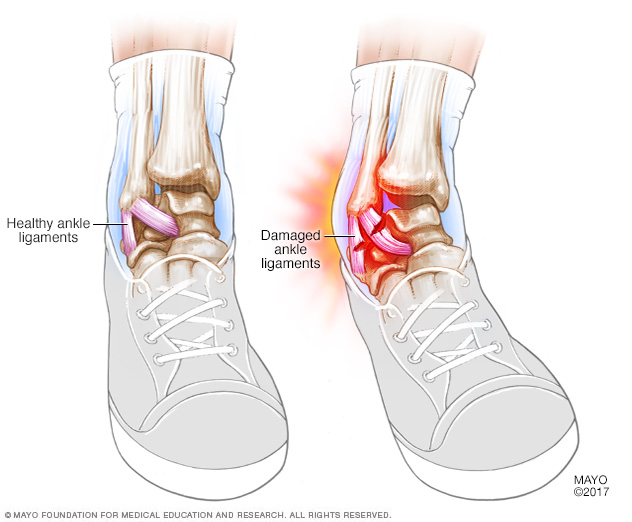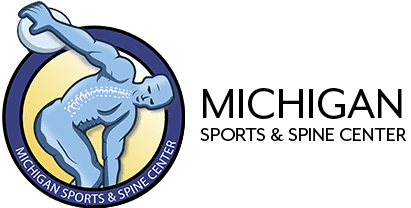Ankle Sprains

Ankle sprains are a common problem in most sports. However, in hockey, the common ankle sprain caused by plantar flexion, inversion and internal rotation is a relatively rare occurrence. This is due to the protection afforded by the modern stiff skating boot and because there is relatively little jumping and landing, which is a frequent cause of inversion injuries in other sports. More frequent and much more troublesome in skating is the dorsiflection-eversion-external rotation ankle sprain.
ABOUT MICHIGAN SPORTS & SPINE CENTER:
We’re innovative leaders utilizing cutting-edge technologies such as musculoskeletal ultrasounds, PRP, stem cell treatment, and other innovative procedures. Michigan Sports & Spine Center is committed to resolving your pain, not simply masking it. We treat the whole body, not just the injury, and perform preventative treatment so your injury doesn’t come back. Our studies prove that Michigan Sports & Spine Center has patient success rates much higher than the national average. We treat everyone from high-profile athletes to your neighbor next door. Our primary focus is getting our patients back into the game of life!
